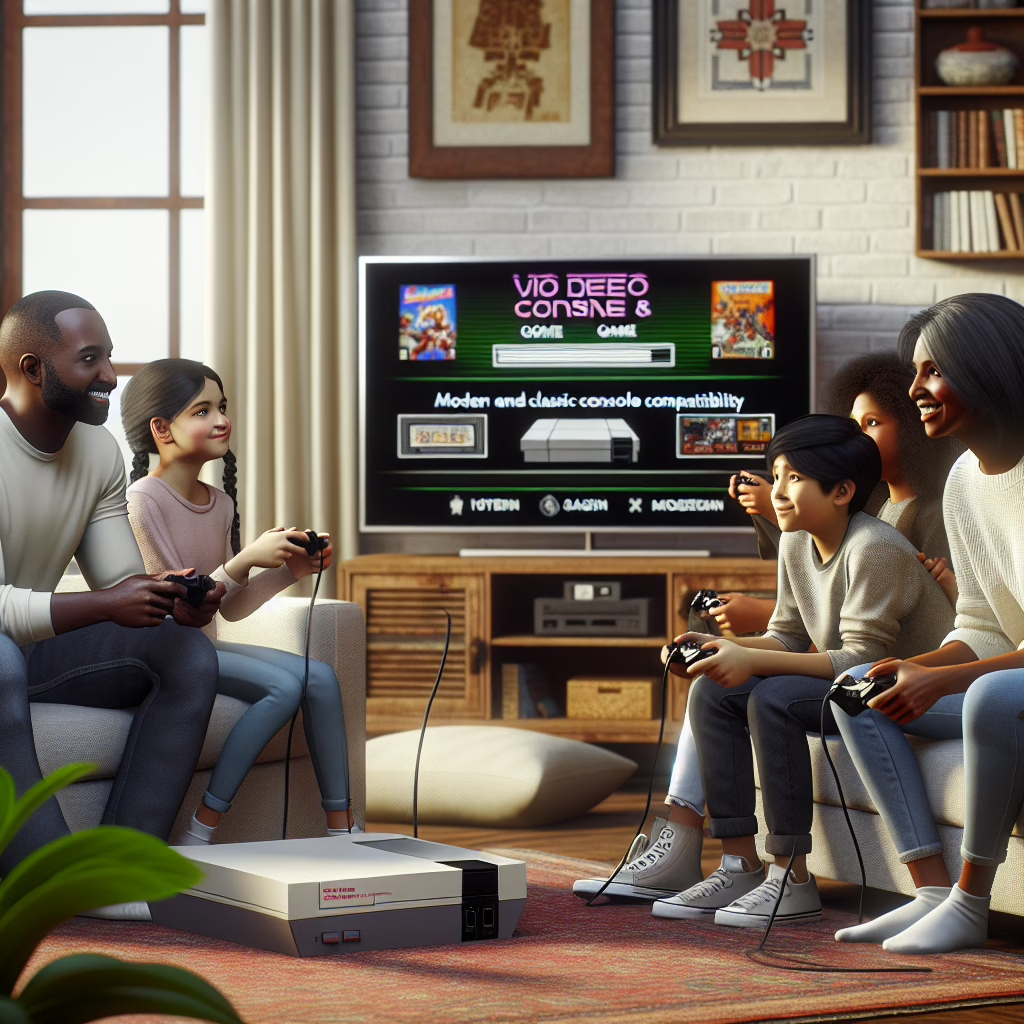Ah, the Nintendo Switch 2! The mythical creature that gamers have been waiting for, like kids waiting for Santa to drop by with a sack full of goodies. The excitement is palpable, and amid all the speculation, one burning question remains: Will the Nintendo Switch 2 support backward compatibility? Spoiler alert: it better! Otherwise, we might just see a collective meltdown of epic proportions.
Nintendo’s Legacy and Backward Compatibility
Backward compatibility isn’t just a fancy term thrown around by tech enthusiasts; it’s practically a love language for gamers. It means that all those beloved titles you’ve spent countless hours mastering won’t be rendered useless when you upgrade to the shiny new hardware. Nintendo has a rich history of supporting backward compatibility, allowing players to enjoy classic games while embracing new adventures. Remember when you could pop in your old Game Boy cartridges into the Super Game Boy? Ah, the nostalgia!
But let’s get serious for a moment. In a world where gaming consoles often become obsolete faster than you can say “Mario Kart,” backward compatibility is crucial. It keeps the gaming community united across generations and allows developers to create fresh content without losing touch with their roots.
The Need for Backward Compatibility in 2025
Fast forward to 2025: gamers expect more than just flashy graphics and innovative gameplay. They want to know if their trusty library of Switch games can make the leap to its successor. With over 100 million Nintendo Switch consoles sold globally, that’s a vast library we’re talking about! If Nintendo wants to keep its loyal fans happy (and let’s face it, they should), they need to ensure their new console doesn’t leave any fan favorites behind.
Imagine this scenario: You’ve just unwrapped your brand-new Nintendo Switch 2, and you’re filled with joy—until you realize you can’t play your favorite title from the original Switch. Cue the dramatic music! Not only would this lead to heartbreak, but it could also spark outrage on social media faster than you can say “Nintendo Direct.” Fans are vocal, and they don’t hold back!
The Technical Side of Things
Now, let’s delve into some technical details without putting anyone to sleep. Backward compatibility hinges on several factors:
- Architecture: The Switch 2 would need a similar architecture to its predecessor for seamless game performance. Think of it as building a bridge between two islands—one must be strong enough to support traffic from both sides.
- Emulation: If all else fails, emulation might save the day. Nintendo could employ emulation software to run older titles on new hardware. This way, nostalgic players can relive their glory days without digging out dusty cartridges from the attic.
- Digital Libraries: With more games moving towards digital distribution, maintaining access to previously purchased titles becomes paramount. A robust digital library ensures that fans can download their favorite games whenever they please—no more pesky cartridges getting lost under couch cushions!
The Future of Gaming Consoles
The gaming landscape is rapidly evolving, and backward compatibility will likely play a pivotal role in shaping future consoles beyond just the Nintendo Switch 2. As technology advances and cloud gaming becomes more mainstream, developers will have to strike a balance between innovation and preserving gaming history.
Imagine having access to an entire library of games from various consoles at your fingertips! While we’re not there yet (unless you count those sneaky emulators), the prospect is exciting. It opens up avenues for cross-generation play, allowing friends from different eras of gaming to connect in ways never seen before.
Nintendo’s Competitive Edge
If there’s one thing we know about Nintendo, it’s that they love a good competition—just look at how they’ve thrived against giants like Sony and Microsoft! By embracing backward compatibility in the Nintendo Switch 2, they could carve out an even bigger niche in an already saturated market.
And let’s not forget about those adorable indie games that have flourished on the original Switch! Many indie developers have found success by reaching out to fans who appreciate their unique offerings. Ensuring these games are playable on new hardware could keep that innovation flowing—a win-win for everyone involved!
Conclusion: A Call for Compatibility
In conclusion, backward compatibility isn’t just a nice-to-have feature; it’s becoming an essential aspect of modern gaming. As we eagerly await news about the Nintendo Switch 2, let’s hope that Nintendo listens to its passionate fanbase and embraces this concept wholeheartedly.
So what do you think? Will backward compatibility make or break the Nintendo Switch 2? Share your thoughts below—we’d love to hear your opinions!
A big thank you to Wired for inspiring this article!

